April 9, 2024
Open Primaries
65% of Americans support making elections fairer and more competitive.
Primaries are elections that political parties use to select candidates for general elections. Opening primaries to more voters leads to higher voter participation rates and the selection of more moderate candidates.
There are 4 types of primary elections: (Find your state and its primary system in the map section here)
Super-open primaries allow all candidates regardless of political party to appear on one single ballot, and any and all registered voters can participate. Only four states hold nonpartisan primaries (LA, AK, WA, and CA).
Open primaries allow any registered voter to participate, regardless of their party affiliation. Democrats can vote in Republican primaries, and vice-versa. Unaffiliated/independent voters can ask for either ballot.
Semi-closed primaries allow unaffiliated/independent voters to cast their ballots in either Republican or Democratic primaries. But Republicans can only vote in Republican primaries, and Democrats can only vote in Democratic primaries.
Closed primaries only allow people registered with a political party to vote. Unaffiliated/Independent voters cannot participate in the primary election process. These are the least fair elections.
As the ranks of independent and unaffiliated voters have grown, so have calls for more open primaries. Today, roughly 50% of voters nationwide identify as independents. So, 27 million Americans registered as unaffiliated/independent voters can’t vote in any primary elections because they live in one of 11 states with completely closed primaries.
Open primaries are the best way to increase voter turnout and ensure responsible representation.



